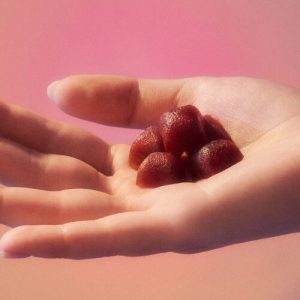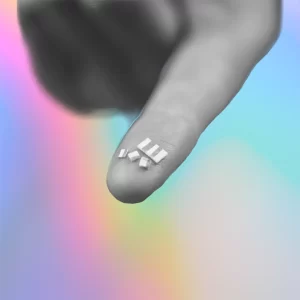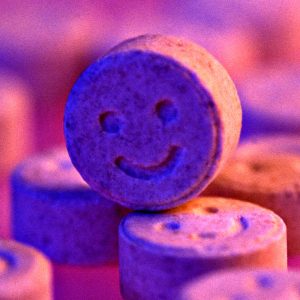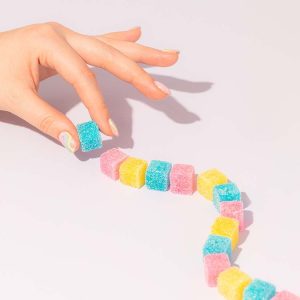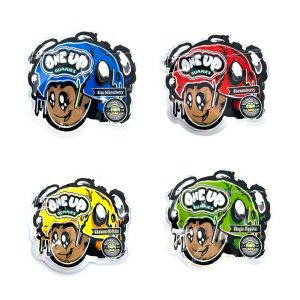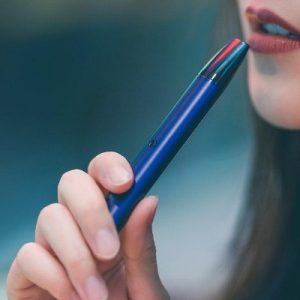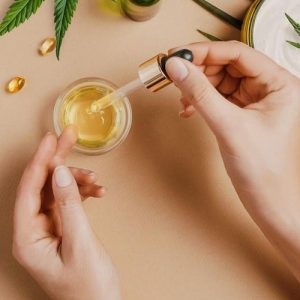Educational
The Difference Between Micro-dosing LSD and Magic Mushrooms
Microdosing has become a popular way for people to explore the potential benefits of psychedelic substances without experiencing the intense effects of a full dose. Two substances that are commonly used for microdosing are LSD and mushrooms. While both LSD and mushrooms are psychedelic compounds, there are some notable differences between the two.
In this article, we’ll explore the differences between microdosing LSD and mushrooms, including their effects, benefits, and potential drawbacks.
What is Microdosing?
Microdosing involves taking a small amount of a substance, typically around 1/10 to 1/20 of a full dose, in order to experience subtle effects without the intensity of a full-blown trip. The goal of microdosing is often to enhance creativity, boost productivity, or alleviate symptoms of anxiety or depression.
Microdosing LSD
LSD, also known as acid, is a powerful psychedelic substance that can induce profound experiences. Microdosing LSD typically involves taking between 5 and 20 micrograms of the substance, which is below the threshold for a full trip.
The effects of microdosing LSD can vary depending on the individual and the dose. Some people report increased focus, creativity, and productivity, while others experience enhanced mood, reduced anxiety, and improved social interactions. However, LSD can also cause negative side effects such as headaches, nausea, and anxiety, particularly at higher doses.
Microdosing Mushrooms
Mushrooms, also known as magic mushrooms or shrooms, contain the psychedelic compound psilocybin. Microdosing mushrooms involves taking a very small amount of dried mushrooms, typically around 0.1 to 0.5 grams.
Like LSD, the effects of microdosing mushrooms can vary depending on the individual and the dose. Some people report increased creativity, improved mood, and reduced anxiety. Others experience enhanced sensory perception and a greater sense of connectedness to the natural world. However, mushrooms can also cause negative side effects such as nausea and anxiety, particularly at higher doses.
Differences between Microdosing LSD and Mushrooms
While both LSD and mushrooms are commonly used for microdosing, there are some notable differences between the two substances.
One key difference is the duration of the effects. LSD can last up to 12 hours, while the effects of mushrooms typically last around 6 hours. This means that LSD microdosing may be more suitable for individuals who have a longer workday or who want to experience the effects for an extended period of time.
Another difference is the potential for negative side effects. While both LSD and mushrooms can cause nausea and anxiety, LSD may be more likely to cause these side effects at higher doses. Additionally, some individuals may find the effects of LSD to be more intense and overwhelming compared to the effects of mushrooms.
Benefits of Microdosing LSD and Mushrooms
Microdosing LSD and mushrooms have both been associated with a range of potential benefits. Some of the reported benefits of microdosing LSD include:
- Increased focus and productivity
- Enhanced creativity and problem-solving ability
- Reduced symptoms of anxiety and depression
- Improved mood and emotional stability
- Increased sense of well-being and connectedness
Some of the reported benefits of microdosing mushrooms include:
- Enhanced creativity and imagination
- Increased empathy and social connectedness
- Reduced symptoms of anxiety and depression
- Improved mood and emotional stability
- Increased sense of spirituality and connectedness to nature
If you are interested in micro-dosing magic mushrooms or LSD, check out our micro-dosing products here.




